
Australia is a vast country with a very small human population, which mostly clings to the edge of the continent. There are only approximately 23 million people in the whole country, which is about 10 million less than the state of California. The lack of people does not mean we have any less extinct or threatened bird species than other countries. Even the first explorers to Australia documented there was a risk of extinction of birds and animals into the future and subsequently decided to collect as many specimens as possible! John Gould came to Sydney in 1839 and in 1848 an Upland Plover was shot in what is now Centennial Park. It was the only instance of an Upland Plover being found in Australia and you wonder if there were people in 1848 that declared it “ship-assisted” rather than believe it could have actually just got lost and flown to Australia unassisted! John Gould famously collected specimens all over the world and quoted…..
“It may be possible-and, indeed it is most likely-that flocks of Parakkets no longer fly over the houses and chase each other in the streets of Hobart Town and Adelaide, that no longer does the noble Bustard stalk over the flats of the Upper Hunter, nor the Emus feed and breed on the Liverpool plains, as they did at that time: and if this be so, surley the Australians should at once bestir themselves to render protection to these and many other native birds: otherwise very many of them, like the fine Parrot (Nestor productus) of Norfolk Island, will soon become extinct.”
Handbook to The Birds of Australia, 1865. Preface,p.xxiv.
European settlement in Australia has been the cause of the decline of a variety of bird species and if not directly, then indirectly by the introduction of other species that have been the cause of their decline. Rats arrived on ships and cats, foxes and rabbits were all introduced and they were all detrimental to the bird population. Since European settlement there has been the loss of at least 23 species and sub-species of birds.
It is rather sobering to read the list of extinct, threatened and near threatened birds in Australia and realise just how many there are. Some birds existed only on outlying islands and in small populations, so once humans arrived then there would have been a huge risk to their survival. Birds are migratory throughout Australia as well as overseas and as such it can be very hard to monitor their populations, but it is without doubt that there have been some severe declines in populations over the past two hundred years. The population decline is generally blamed on habitat destruction and introduced predators, but inter-breeding may also be to blame.
There is awareness among the birding community of some birds which are particularly under threat, but the general public are unaware of the birds beyond the city landscape and what is a threatening their populations. Some birds are appreciated for their beauty and others get a bad reputation in the cites for taking advantage of poorly disposed of rubbish. One of the birds most likely to have been heard about in recent years is the Night Parrot. It had not been seen between 1912 and 1979, but was photographed and filmed a year ago. It lives in a very remote part of Australia, where the average Australian would feel uncomfortable away from all of the conveniences of modern day life. John Young spent 15 years attempting to locate this bird and no doubt there are still people who doubt his record. The thought of an “extinct bird” being found can bring out the worst in some people.
Birdlife Australia currently list 12 bird species on their website for Threatened Birds. Some of these birds have extremely small ranges, like the Plains Wanderer and it is very hard with many of these species to understand the total population of a bird if it is often singular, small and quiet. The Australasian Bittern is also listed and another bird that is hard to locate and therefore hard to monitor. It is reasonable to assume that if the habitat is destroyed then the birds will no longer be able to survive.
The Hooded Plover is a shorebird that has received attention in recent years due to the threat to its population. We have been lucky enough to find this species on remote beaches in Tasmania and also in Victoria and southern Western Australia. We have not always observed them initially on a beach, because they can hide among the seaweed and even can camouflage themselves quite well on sand. They are increasingly at risk from four-wheel drive enthusiasts that insist on driving on beaches where shorebirds nest and also from tidal surges. Foxes have also been known to take their eggs and there are now numerous local groups who endeavour to help the populations of Hooded Plovers along their local coastlines. With the current awareness along the coast these shorebirds do now have a better chance than in the past.
Two well-disguised Hooded Plovers
Two Hooded Plovers
Four Hooded Plovers
The Malleefowl is a large bird, but this does not mean that it is easy to monitor. Although there are not exact figures it is known to be in decline and it relies on mound building for nests and temperature changes across our environment may also affect its population over time. Our vast land is home to this species, but the vastness means it could be easy to lose populations of even large bird species due to the lack of observations. Our personal Malleefowl observations have been chance observations both north of Perth as the agricultural land turns to bush and in an area to the east of Albany in the south of Western Australia.
Malleefowl
The Painted Snipe is another bird in Australia that is under threat and was actually only determined to be a species in its own right rather than a migratory species from the north, in recent years. As is typical with many bird species in Australia, there can be irruptions in certain years. There are sudden extraordinary movements across the continent, or sudden larger than expected populations and in 2011 we encountered our first Painted Snipe ever and it was right near home and even better was the fact I found it on Grant’s birthday! We have had one other encounter near Broome and that was last year, but we are always hopeful as we wander the bush! In 2011 they appeared all over Australia in much larger numbers than previously experienced and these unknown populations are always a pleasant surprise. They have now dispersed and continue to be under threat, but once again it is another species that is extremely hard to monitor.
Pair of Painted Snipe
Female Painted Snipe
Male Painted Snipe
One of the biggest threats to Australia’s birds is the lack of control of predators that threaten them. Until the problem with invasive species is addressed they will always be at risk. The huge population of feral cats undoubtedly is having a detrimental effect on our bird life. The removal of native trees takes away the nectar that so many birds rely on and even large dead trees are used for nesting by a variety of parrots and cockatoos. Every action that the human population takes, even if the population is small like in Australia, can ultimately have an effect on our bird-life.
Furthermore the migratory shorebirds that leave our shores to travel to their breeding grounds in the north risk habitat loss on their stopover feeding grounds. If the food is not available to enable them to refuel and continue to migrate then they will not be able to breed and their populations will decline and then there is the risk of extinction. On a local level we need to consider if we really do need to let our pets chase shorebirds and whether we really do need to drive along our shoreline. It even goes beyond that, because something as simple as over fertilising your garden can result in excessive nutrients entering the waterways and algae forming that effects the natural environment.
There are no easy answers to preventing long term extinction or the loss of threatened wild-life, but the fact that we are all aware that there is a decrease in population has to account for something. The environment is rarely very high on any government’s agenda when they are planning for the future, but with the help of awareness from the general public that we do all care about our wild life we can hope for change in the future.
An interesting article has just been written here on “playing god” where we try and make sure no other creatures become extinct in Australia.
…
Extinction is forever. A species, wiped off the earth, never to exist again. What a horror! What a disaster! What a wrong!
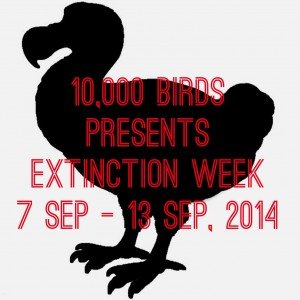 It is correct, of course, to think of extinction this way during the Holocene Extinction, which we are living through right now. After all, the extinctions have occurred, are occurring, and will occur because of us, people. We have so altered the earth – pumping pollution, moving species around, destroying ecosystems – that many species, dependent upon ecological niches or simply unprepared for an onslaught of unfamiliar organisms with which they did not evolve, have no chance. It is depressing and angering and just wrong.
It is correct, of course, to think of extinction this way during the Holocene Extinction, which we are living through right now. After all, the extinctions have occurred, are occurring, and will occur because of us, people. We have so altered the earth – pumping pollution, moving species around, destroying ecosystems – that many species, dependent upon ecological niches or simply unprepared for an onslaught of unfamiliar organisms with which they did not evolve, have no chance. It is depressing and angering and just wrong.
But, in the wider view of things, extinction is necessary. It is what drives evolution. Extinction is what befalls the species that fails to adapt, to survive, to thrive. Most species go extinct. That is just the hard, cold reality of nature, red in tooth and claw.
This is not to say that we should sit back and let the Holocene Extinction continue. No! We must fight to save every species we can, every ecosystem, every niche.
It is the 100th anniversary of the extinction of the Passenger Pigeon, once one of the most abundant species in the world. In order to raise our awareness, to remind us of what we have lost, and to inspire us to fight for Every. Single. Species. we are hosting Extinction Week here on 10,000 Birds from 7 September to 13 September. Come back, click through, read, learn. And get angry and take action.
…


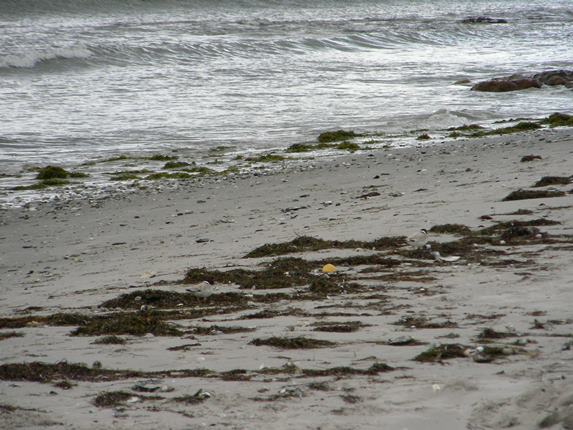
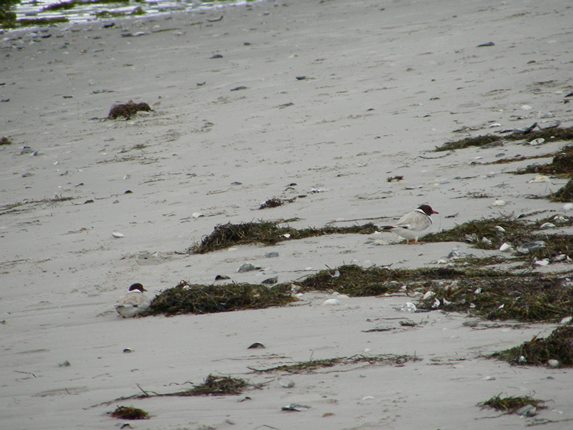
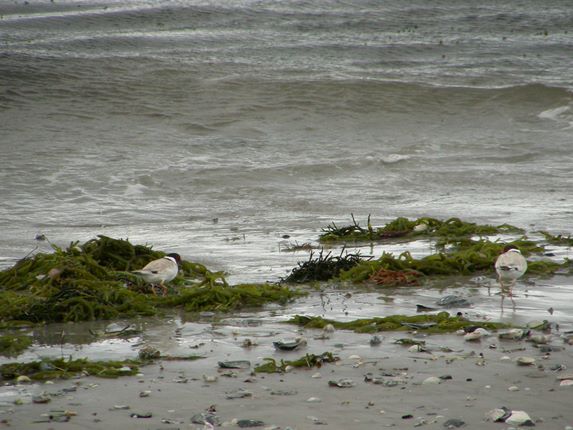
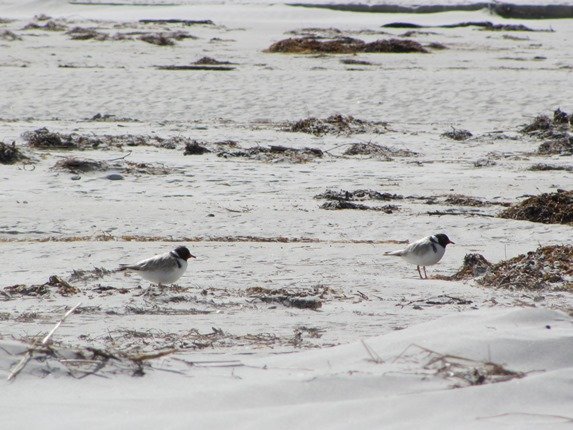
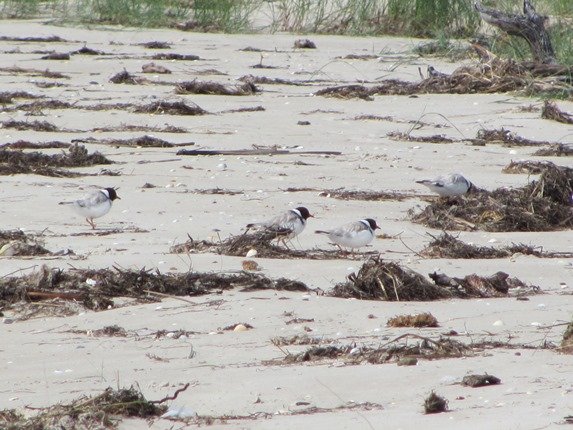
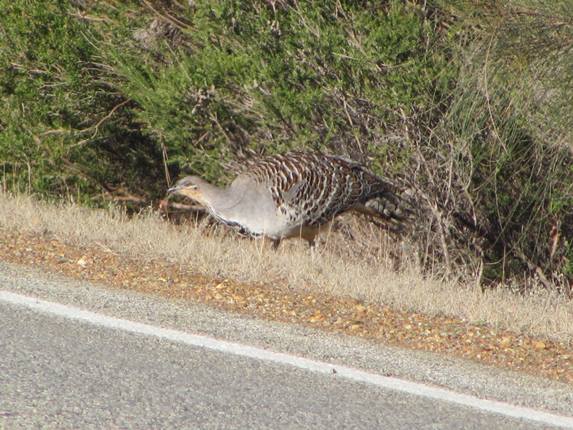
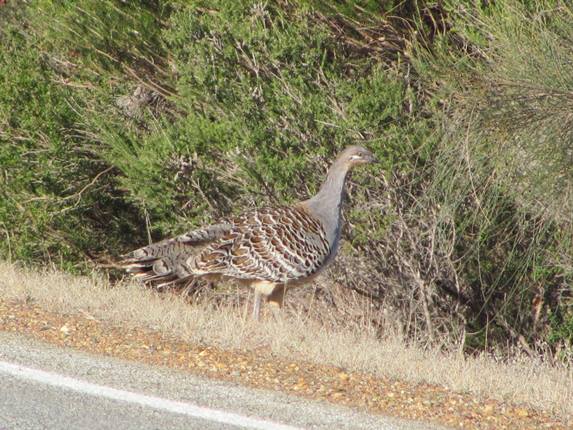
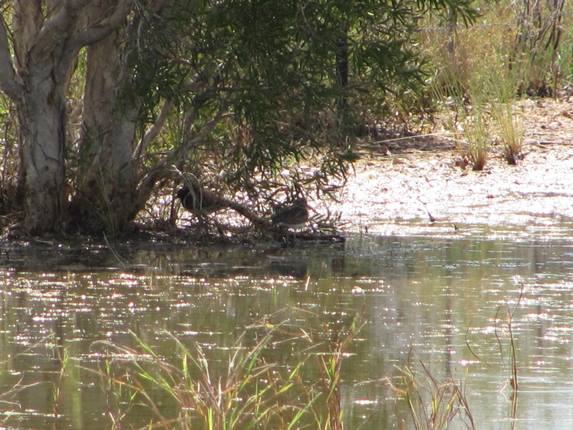
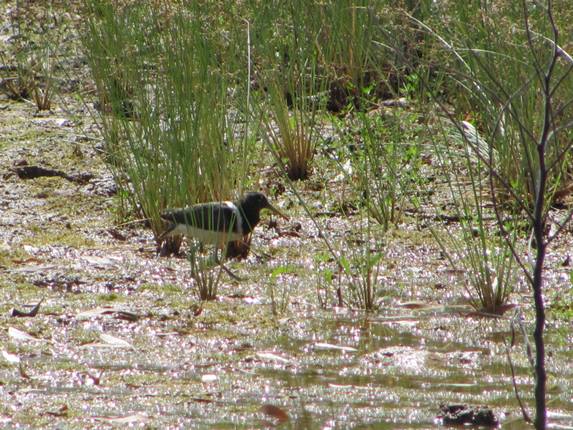
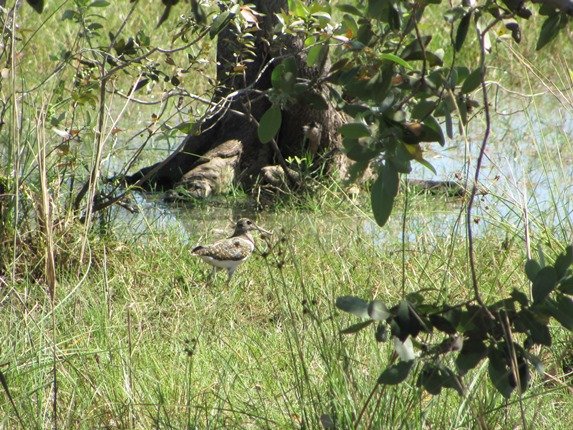











Leave a Comment